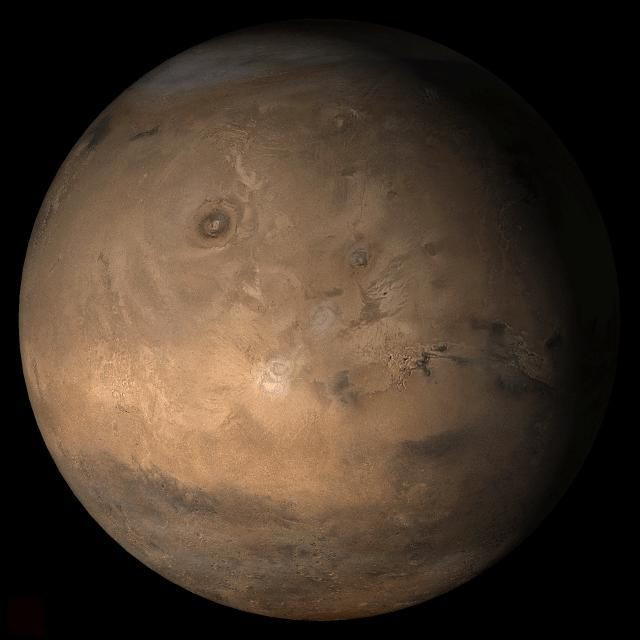NASA Astronaut Describes How Living On Mars Will Be Like

As NASA prepares to move forward with missions aimed at colonizing Mars, an astronaut from the agency discussed what it would be like to live on the Red Planet. The astronaut also suggested a way to overcome one of the biggest challenges about living on Mars.
Shortly after NASA announced the details of its Artemis Program, which is the next set of crewed spaceflight missions, the agency revealed its plan to establish a human outpost on Mars.
Read: Brad Pitt Working With NASA To Discuss Artemis Program With ISS Astronaut
According to NASA astronaut and physiologist Dr. James Pawelczyk, there are a number of issues that the agency needs to solve in order to successfully establish a human colony on Mars. Since traveling to the Red Planet means leaving the protection of the magnetic field around Earth, Martian settlers will have to deal with cosmic radiation.
“Once we move outside the Van Allen belts – the magnetic field around our Earth – then we’re exposed to a much higher energy radiation forms,” Pawelczyk told Express. “We also have the solar wind galactic cosmic radiation. And those really wreak havoc on the biology.”
Despite the threat of radiation that comes with living on Mars, Pawelczyk noted that this can be avoided through the use of specialized shelters. These can be constructed on Mars using the alien planet’s natural resources such as the soil and rocks.
According to Pawelczyk, these kinds of shelters can successfully shield humans from cosmic radiation as long as their walls are thick enough. Aside from building shelters, another possible solution is establishing underground colonies using Mars’ subterranean lava tubes.
“Survival on Mars really means going underground,” Pawelczyk said. “So possibly identifying lava tubes of creating our own thick-walled structures but using the Martian surface. Normally, we take everything with us when we go explore a planet. But now we’ll be using the resources of that planet to help us stay there.”
Aside from establishing proper shelters, the NASA astronaut also stressed the importance of finding a natural water supply on Mars. With this important resource, human colonies will be able to create oxygen as well as fuel.
“We know there’s a lot of water on Mars,” Pawelczyk said. “What we want to do is get to those points to study water [and] see what it’s all about but also understand how to use that in the fractional gravity environment so that we can make oxygen.”
“We can combine it with CO2 and we can make other fuels so that we don’t have to take it with us from Earth,” he added.
© Copyright IBTimes 2025. All rights reserved.





















